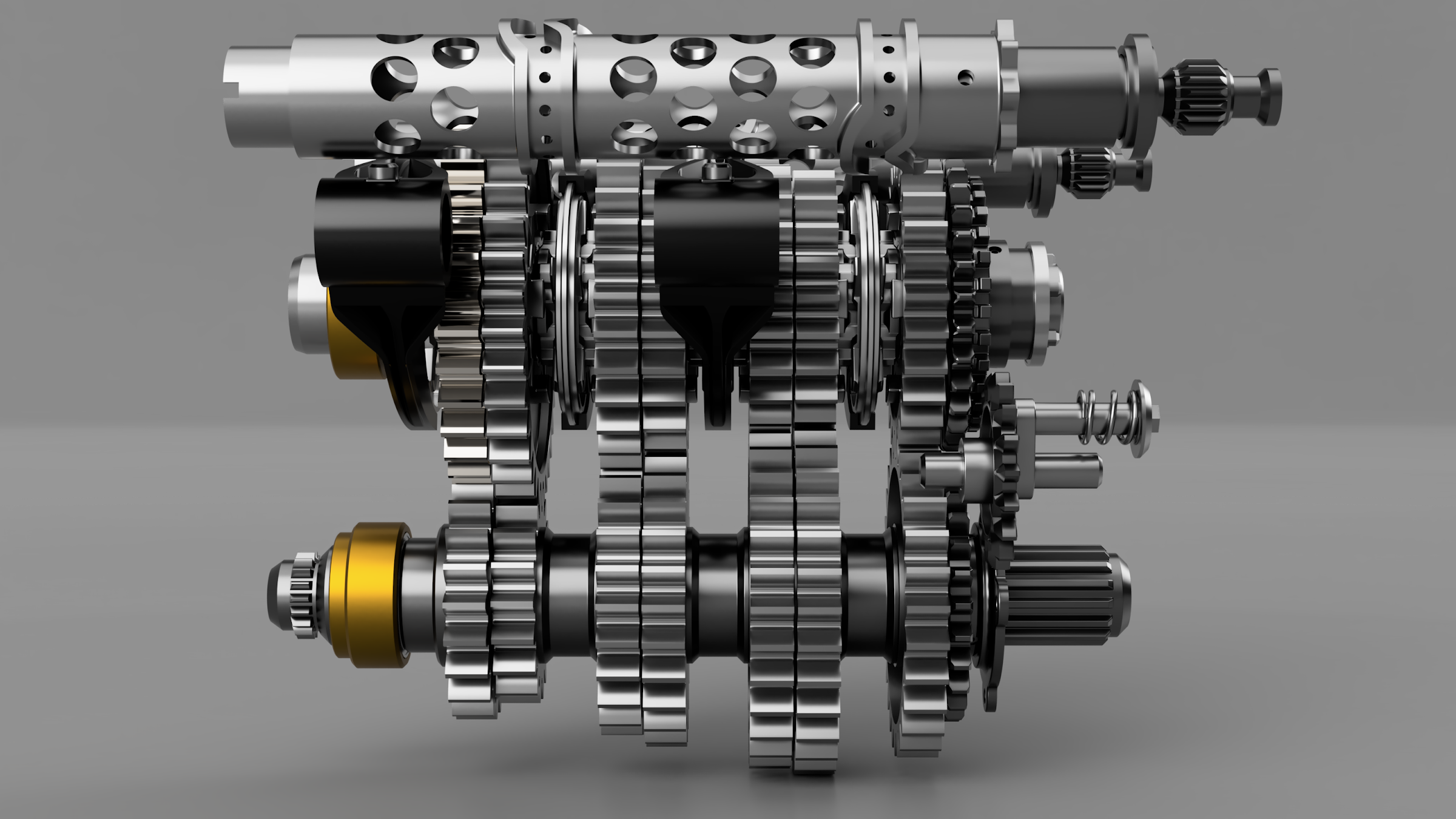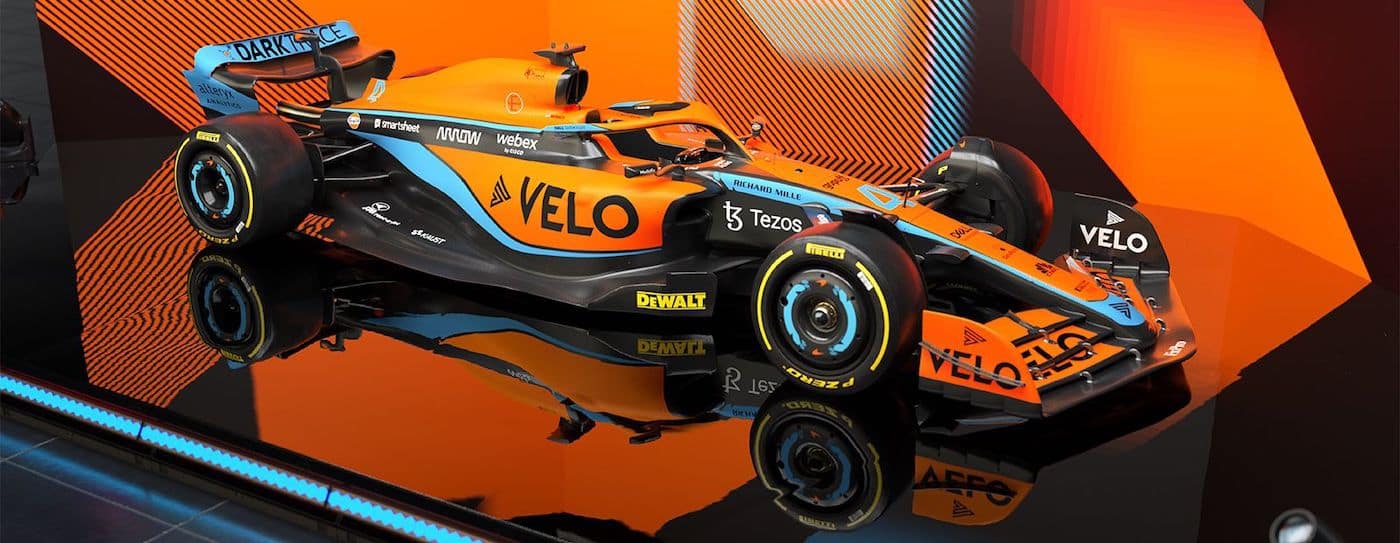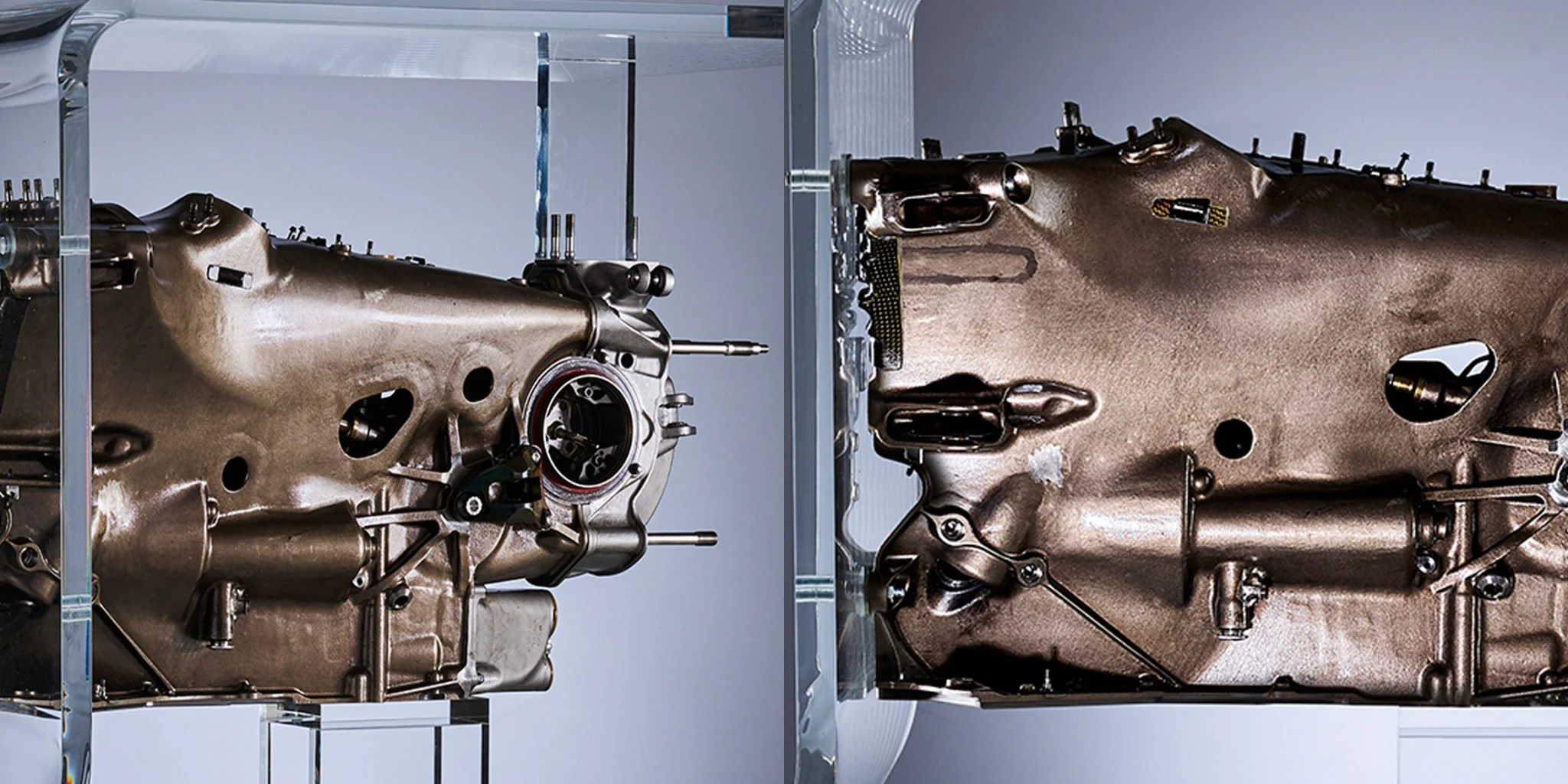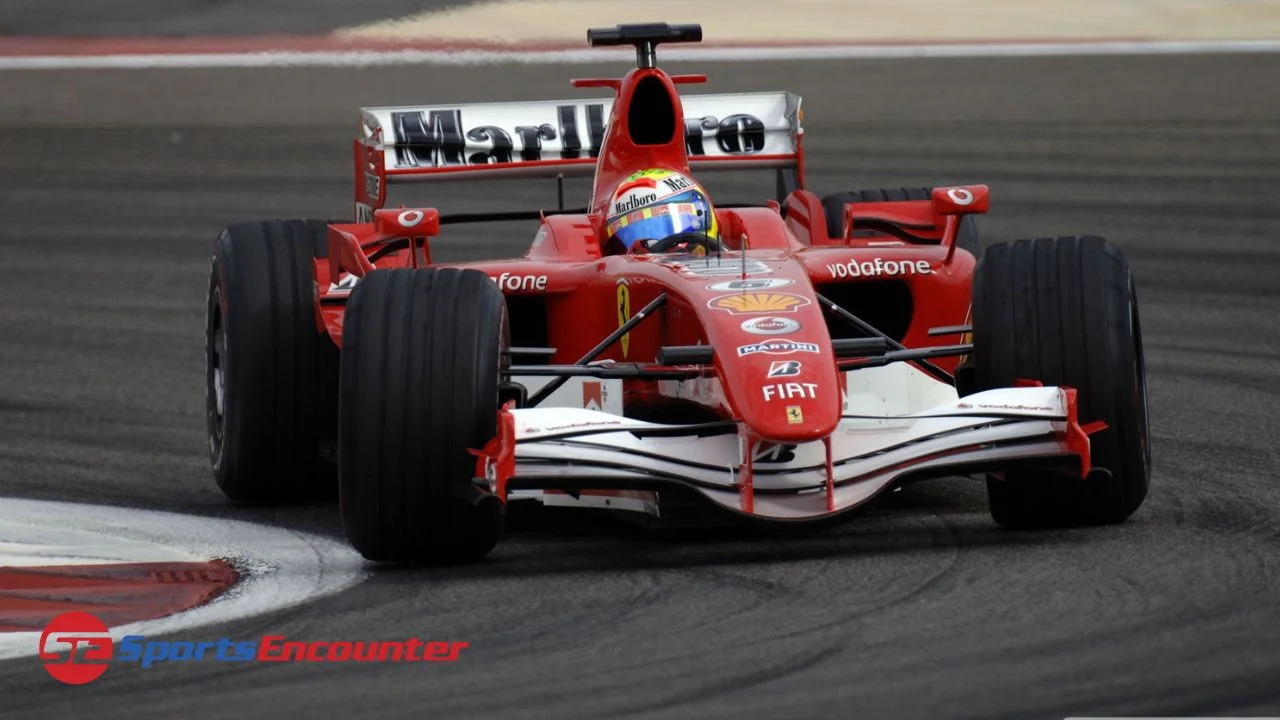In the high-octane world of Formula 1, every component of the car is a masterpiece of engineering, designed to push the boundaries of speed, efficiency, and performance. Among these, the gearbox stands as a testament to the sport’s relentless pursuit of innovation. With the 2014 season marking a significant shift in gearbox technology, we delve into the intricacies of F1 gearboxes, exploring how they have evolved and what the future holds.

The Shift to Eight Gears: A Milestone in F1 Technology
Historically, Formula 1 gearboxes underwent a transformative journey, evolving from manual stick shifters to the sophisticated paddle-shift systems of today. The evolution was not just in the mechanism but also in the number of gears. Up to the 2013 season, F1 cars were equipped with seven gears, a number that was adequate but not optimal for the pinnacle of motorsport. However, in a bid to enhance engine efficiency and align with new engine regulations introduced in 2014, Formula 1 cars transitioned to an eight-gear system.
This addition was not merely a numerical increase; it represented a significant leap towards making F1 more sustainable. The extra gear allows for better optimization of the car’s speed and engine performance, crucial in a sport where every fraction of a second counts. The Fédération Internationale de l’Automobile (FIA)’s decision underscored its commitment to sustainability, acknowledging that even small changes can have a substantial impact.

Paddle Shifters: Revolutionizing Driver Experience
The transition from stick shifters to paddle shifters marked a revolution in how drivers interact with their machines. Until the late 1980s, F1 cars relied on manual gear shifting, a process that required drivers to take their hands off the wheel, engaging in a physical and mental challenge that was both exhilarating and perilous. The introduction of paddle shifters by Ferrari in 1989 set a new standard, eventually leading to their universal adoption in the sport.

Paddle shifters, combined with an auto clutch feature, enable drivers to change gears without removing their hands from the wheel, significantly improving safety and efficiency. This system not only streamlined gear changes but also contributed to the overall performance of the car, allowing drivers to focus more on strategy and less on the mechanics of shifting.
The Future of F1 Gearboxes: Innovation within Limits
While the move to eight gears has been a milestone, the question of further increasing the number of gears arises. However, the consensus within the sport seems to lean towards stabilization. Adding a ninth gear, while theoretically beneficial for efficiency, could complicate the driving experience, increase the risk of engine overheating, and necessitate more frequent gear changes, detracting from the race’s strategic aspects.
F1 news: The beginner’s guide to… Formula 1 engine and gearbox penalties https://t.co/6o4XgHQ3aA pic.twitter.com/XENRBDY8zj
— Snell Mitchell & Co. (@SnellMitchellCo) February 10, 2023
Moreover, the current paddle shift system, with its seamless gear shifting and auto clutch for race starts, represents a pinnacle of gearbox technology, balancing complexity with performance. It epitomizes the essence of Formula 1: a sport that is as much about pushing technological boundaries as it is about the raw skill and courage of its drivers.
Conclusion: The Technical Heart of Formula 1
As Formula 1 continues to evolve, the gearbox remains a focal point of technological advancement and strategic importance. From the manual stick shifters of the past to today’s advanced paddle shift systems, the journey of F1 gearboxes mirrors the sport’s broader evolution. It’s a story of relentless innovation, driven by the quest for perfection, efficiency, and sustainability.
While the future may not hold a nine-gear gearbox, the ongoing developments in gearbox technology and engine performance highlight Formula 1’s commitment to excellence. As the sport moves forward, the gearbox will undoubtedly continue to be a critical component of its technological arsenal, shaping the dynamics of racing and the very nature of competition. In the world of Formula 1, the gearbox is not just a mechanical necessity; it’s a symbol of the sport’s enduring spirit of innovation.

